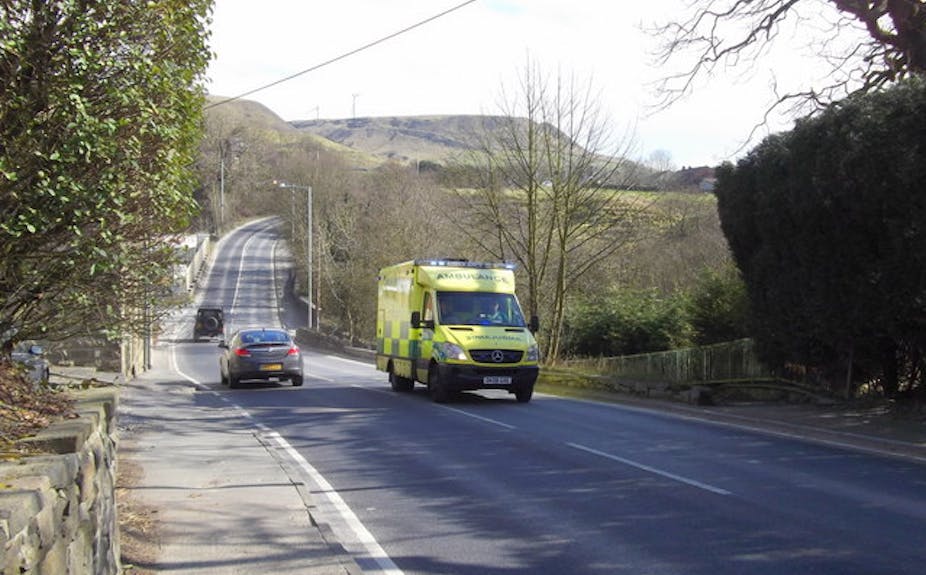The first minutes of a medical emergency can be crucial for a patient’s chances of recovery, but what if that emergency happens in a rural setting, far away from help?
Scottish ambulance crews respond to more than 600,000 emergency incidents each year, providing a service to a population of 5.2 million people. Almost one million of these people live in rural areas and even though the service has more than 450 ambulances, reaching them quickly in an emergency can be tough.
To make their job easier, the Scottish Ambulance Service works with around 1,000 volunteers from local communities to help them respond to 999 calls. These volunteers, known as Community First Responders, are trained in emergency skills so that they can care for patients before ambulance crews arrive on the scene. Researchers from dot.rural, the Digital Economy Hub at the University of Aberdeen, are developing technology to improve the care first responders can provide under these circumstances.
When a first responder arrives at the scene of an emergency, they assess the patient’s health and can offer some emergency treatments. They are also supposed to record information on a form that is handed to the ambulance crew when it arrives. The ambulance crew can then hit the ground running, having been informed of the patient’s condition.
In practice, first responders face a real challenge, as they need to quickly record important information when they arrive on the scene that could have a significant impact on the way the patient is cared for once in the hands of the experts. Some first responders can be GPs or nurses but not all are necessarily medical professionals and they are entrusted with the patient’s safety while they wait for help.
At the moment, measurements such as pulse rate are taken manually, sometimes scribbled on the back of a protective glove. When the ambulance crew arrives, the handover of the crucial patient information is often done verbally and the formal handover report form is filled in later. These verbal handovers can lead to misunderstandings and sometimes important information can get lost, especially when the patient arrives at the hospital and another exchange of information, from the ambulance crew to the hospital staff, takes place.
The (Managing Information in Medical Emergencies) project aims to make this handover more efficient using a handheld tablet connected to lightweight medical sensors which can be attached to the patient to capture a far greater volume of physiological patient data, including heart rate, blood oxygenation and breathing rate.

The tablet includes a set of standardised responses so that observations like “the airway was obstructed” and actions such as “airway cleared” can be recorded at the touch of a button rather than having to take down notes. The device also constantly updates the information it holds on the patient’s condition and alerts the user when the patient’s medical condition deteriorates. This means the volunteer does not have to continually take measurements and can spend their valuable time on other things while the ambulance crew is on the way.
Not all of the captured physiological data is equally important and the tablet responds accordingly. For example, if the patient’s breathing rate stays within the normal range throughout the incident, there is no need to continually update this information. Language software decides which events need to be reported to the ambulance team and generates a coherent textual summary.
The device could also be used to relay information to the emergency services when they are en route to the scene of the incident, making the first responder service even more efficient.
Currently, one researcher is on call with a Scottish Ambulance Service Station in Inverness collecting sensor data from emergency incidents, which will help to understand the complexities of real patient data in these situations. A first prototype of the tablet is under development, running the first version of the software on a commercial rugged tablet and streaming physiological data from two medical sensors. This will be tested with first responders in Scotland this winter.

